Traditional dances have been an integral part of human culture for centuries, reflecting the rich tapestry of societies around the world. These dances are more than just movements; they are living expressions of a community’s history, beliefs, values, and identity. Here are six popular dance styles that preserve heritage and foster a sense of community.
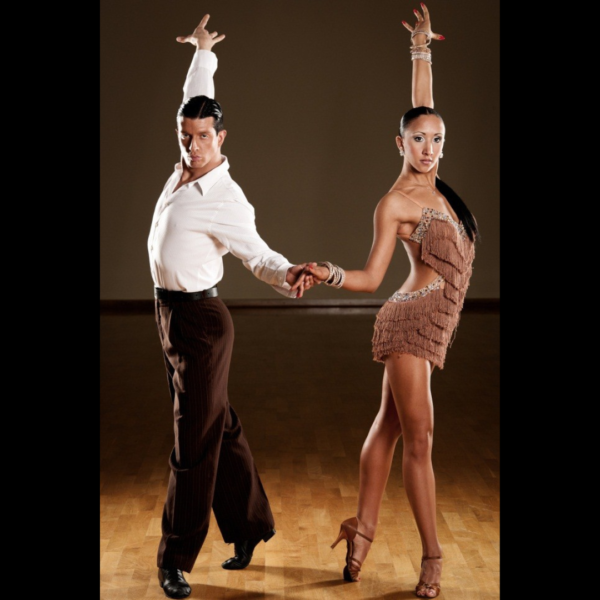
Salsa (Latin America): Originating from the Caribbean, salsa blends elements of African, Native Caribbean, and European influences. It’s known for its sensual movements, vibrant music, and rhythmic footwork. Salsa dancing is a staple in many Latin American countries and has gained immense popularity worldwide.
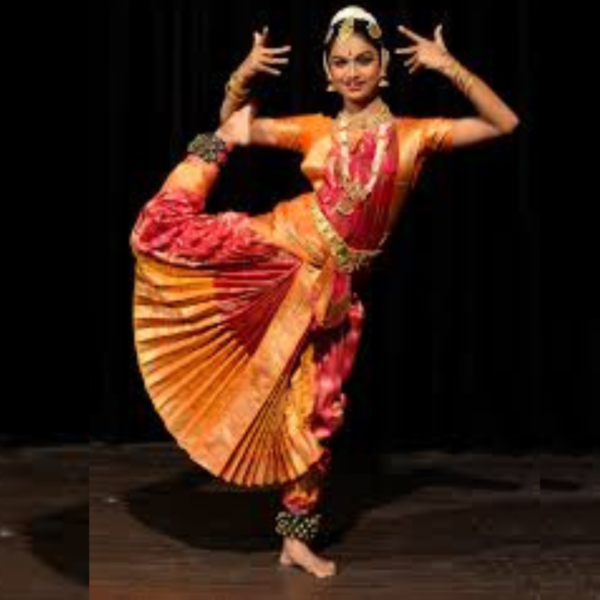
Bharatanatyam (India): One of the oldest classical dance forms of India, Bharatanatyam originated in Tamil Nadu. It’s known for its grace, purity, tenderness, and sculpturesque poses. This dance form is a beautiful blend of expressions (Bhava), melody (Raga), and rhythm (Tala).
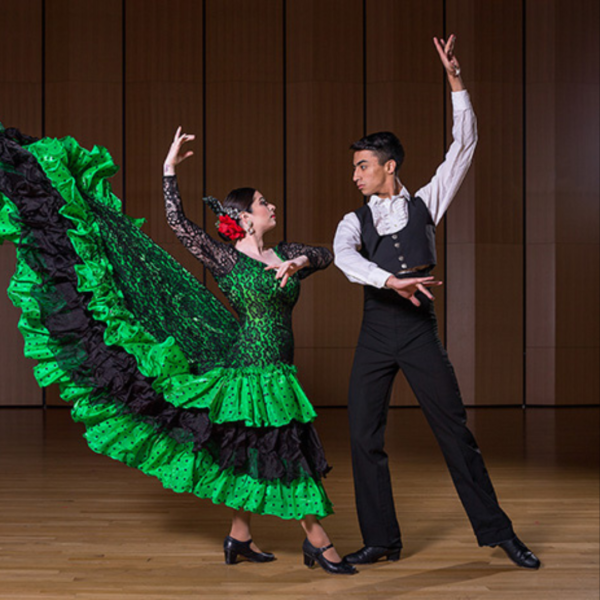
Flamenco (Spain): Flamenco is a highly-expressive, Spanish dance form. It’s distinguished by its fiery footwork, intricate hand and body movements, and passionate music. Flamenco is often accompanied by guitar music and clapping hands or tapping feet.
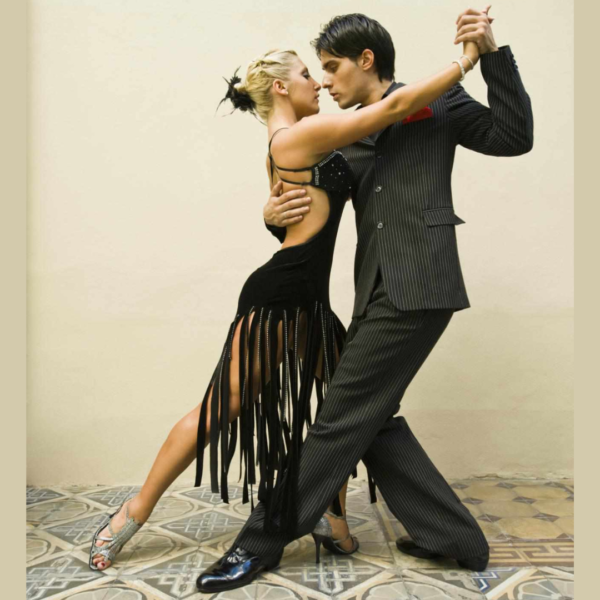
Tango (Argentina): Originating in the late 19th century in Buenos Aires, Tango is a sensual dance known for its dramatic movements and postures, and its distinctive, syncopated rhythm. It’s often performed in a close embrace, and its music is equally expressive and intense.
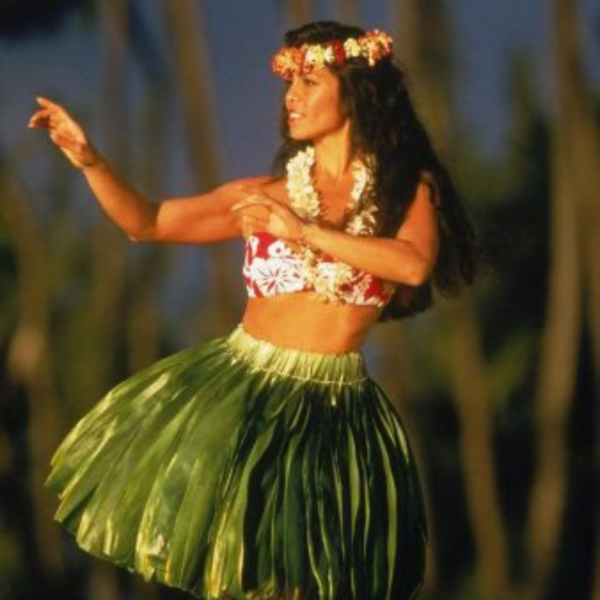
Hula (Hawaii): Hula is a traditional Hawaiian dance known for its gentle movements and storytelling through dance and chant (mele). It’s deeply connected to Hawaiian rituals and ancient traditions, with dancers often adorning floral leis and grass skirts.
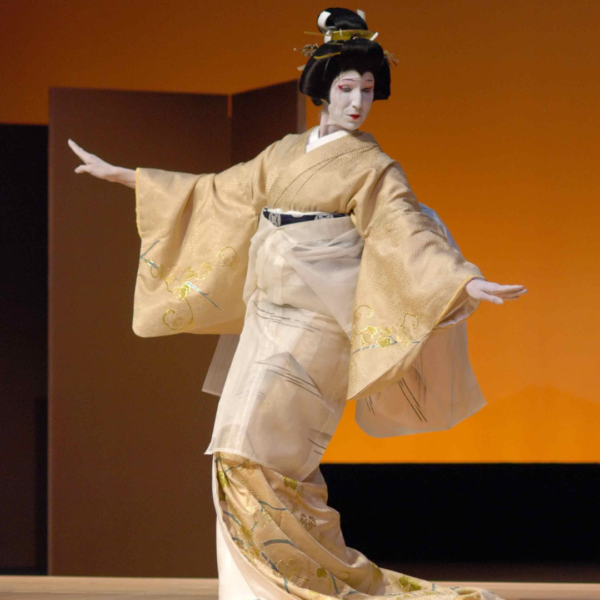
Kabuki (Japan): Kabuki is a classical Japanese dance-drama known for its stylized drama, elaborate makeup, and the use of masks. It’s a blend of dance, theatre, and music and often tells stories of historical events and moral conflicts in Japanese culture.
Each of these dances reflects the unique cultural heritage and history of their respective regions and continues to be celebrated and practiced worldwide. They are pivotal in fostering social bonding and community unity, particularly during festivals and communal celebrations. These dances, rich in non-verbal storytelling, communicate emotions and narratives through intricate movements and gestures, reinforcing cultural identity and pride.
